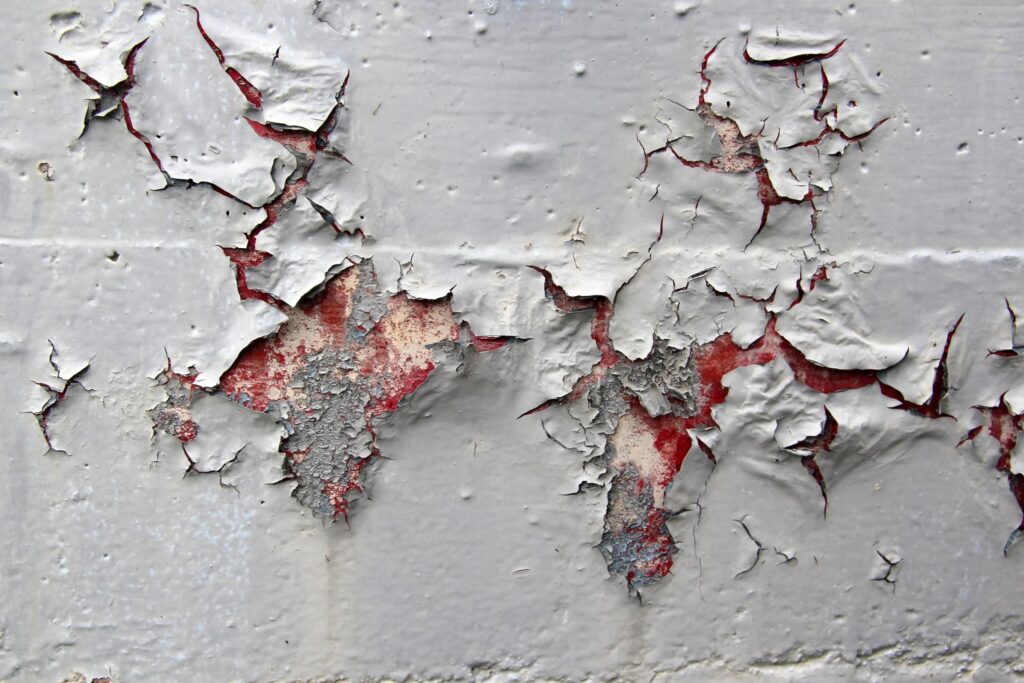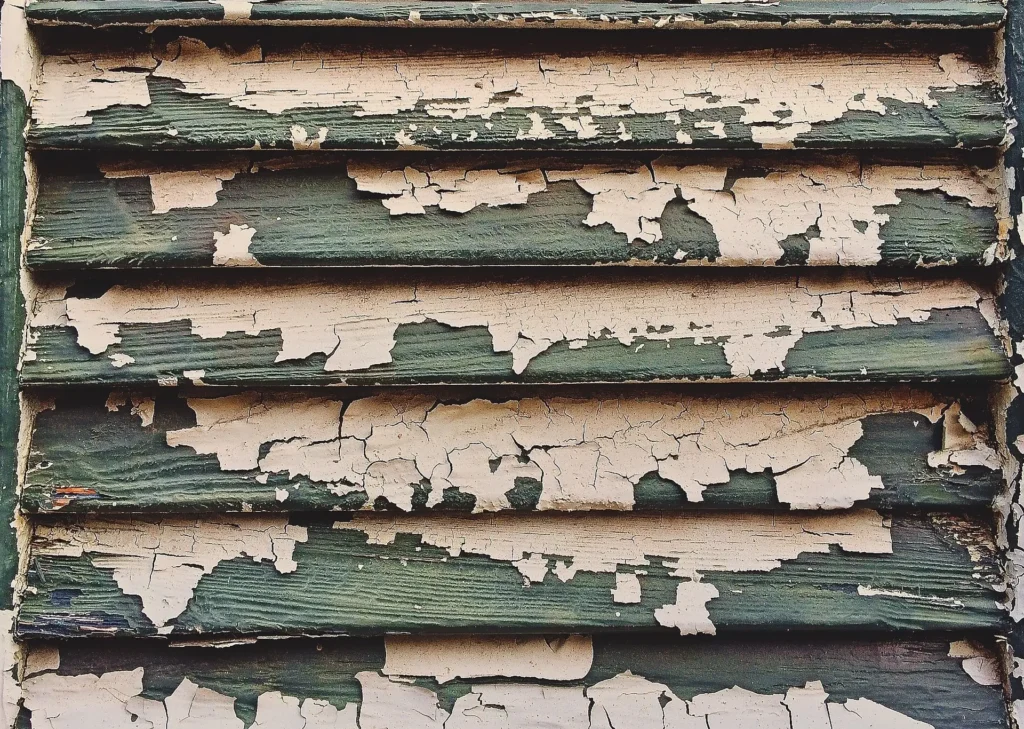Lead, (Pb on the Periodic Table from Chemistry 1A), has been an integral part of human existence for thousands of years. It has been very useful and instrumental in the development of plumbing, waste disposal, and water diversion systems from early civilizations. Most importantly lead-based paint was used prolifically up until 1978 to paint the homes, dwellings, and buildings of the United States. It is estimated that 38 million homes in our country have some form of lead-based paint in the interior or exterior. Although lead has helped advance our human cause it has also presented hazardous health side effects which required laws restricting its use and requiring disclosures. Property managers, landlords, and owners who rent for a fee must be aware of the requirements set forth by State and Federal Law before renting, leasing or even selling a property built prior to 1978.

Lead is Found All over the World
Metallic in form lead is found all over the world, in each continent – usually mined as an ore, copper, silver, zinc or other metal. Archaeologists believe that lead has been used since around 6500 B.C. primarily because of its low melting point and ease of manipulation. Originally used to make tools, cookware, and plumbing systems lead found its way into cosmetics, hair coloring, glazed ceramics, toys, game pieces, bullets, gasolines, and interior and exterior paints to name a few products. Lead became so pervasive in paints that it is estimated that over 38 million homes built prior to 1978 have lead in the paint somewhere in the homes.
Why was Lead Eliminated from Paint?
The most common source of lead poisoning was determined to be dust from friction of painted surfaces which was inhaled. Lead paint becomes a hazard when: 1) it starts to deteriorate including cracking, peeling, or chipping; 2) if it is in a high friction area it can turn to dust, such as a window sill or door frame; 3) when it is located in areas that children can access like railings, stairs, door frames, window sills; or 4) where areas containing old paint are being renovated.
After research into lead poisoning was determined to be directly related to lead in residential house paint a directive to enact safety requirements led to some new laws promulgated by both State and Federal governments. In 1992, The Residential Lead-Based Paint Hazard Act (“The Act”) became law which was designed to help protect individuals, mostly children, from the hazards of lead in paint, dust and soil. The Act allowed the Department of Housing and Urban Development along with the Environmental Protection Agency to create specific requirements for paint with lead in housing built prior to 1978.

Under The Act property managers, landlords, and sellers are required to:
1) provide lead paint disclosure pamphlets to prospective renters, lessees, or buyers;
2) disclose knowledge of lead paint including location of any known lead paint hazards;
3) provide records of paint hazards or locations;
4) give buyers ten (10) days to inspect a home with Pb-paint;
5) attach a Pb-paint warning to the lease or contract which discloses warning of possible hazards; and
6) keep records for three (3) years of this signed document.
The Fine for Owner’s Violations is Significant
In the event a property manager, landlord, or owner fails to follow the law, fails to disclose the known existence of Pb-paint, or fails to comply with any aspect of the law a fine of $10,000 can be imposed on the owner of the property plus paying damages to the tenant, lessee, renter, or buyer including possible loss of attorneys’ fees. The best practice is to make sure the age of construction of the house, dwelling or unit, fully disclose all information about the unit, and provide the required disclosures.

How can this Problem be Eliminated?
There are basically two choices for property managers, landlords, or owners who are aware of paint laced with lead. First, a temporary repair can be utilized by painting over the older painted areas. Second, a permanent but more expensive fix involved complete abatement or removal of the paint.
Property Managers, Landlords, and Owners must be Educated about Lead Paint
Without proper education a property owner, landlord or owner who rents or sells a property prior to 1978 might be setting themselves up for some trouble. It is a must that these individuals understand the law, the required disclosures, and the minimum efforts necessary. Owners must also be aware that the individuals that they hire to manage their properties should be educated, professional, and perform all their statutory duties or else consequences may result.

David currently is the broker/owner of several real estate related businesses which manage and maintain 300+ client properties on the San Francisco Peninsula.
Trust, transparency, and performance guarantees are the foundation of these businesses. David challenges anyone to find a PM professional that offers services similar - extensive education, customer service, and performance guarantees.
David also provides consulting for his clients on property development feasibility, construction, and complex real estate transactions.
David has authored a published law review article, three real estate books, and over 150+ real estate blog articles.
- “Wildfires, Insurance & Mortgages: Will Your Home Survive the Financial Aftermath?” - March 3, 2025
- What’s Driving California’s Commercial Real Estate Shakeup? - February 27, 2025
- Critical Issues in Triple Net Leases Investors Should Know - February 14, 2025

